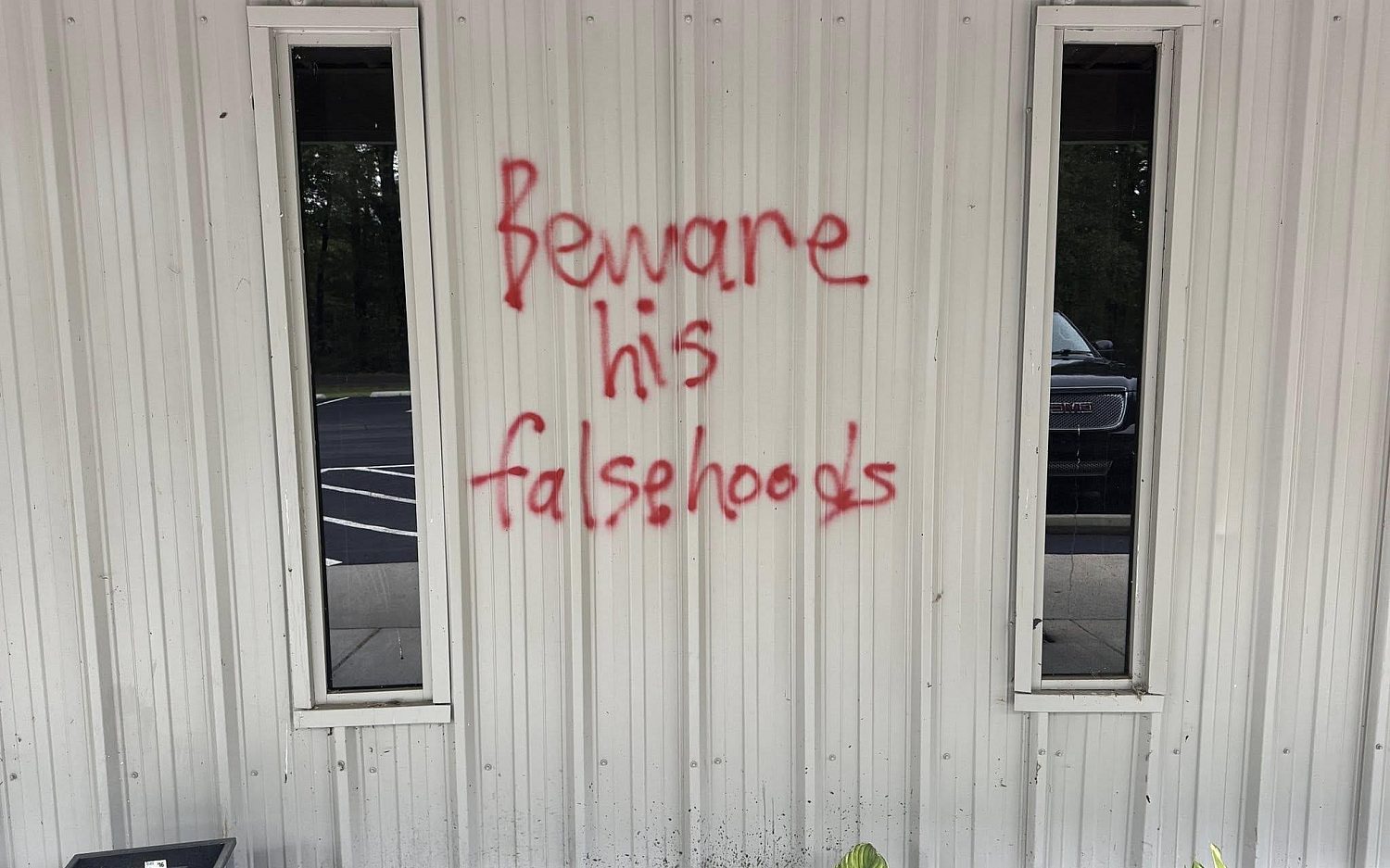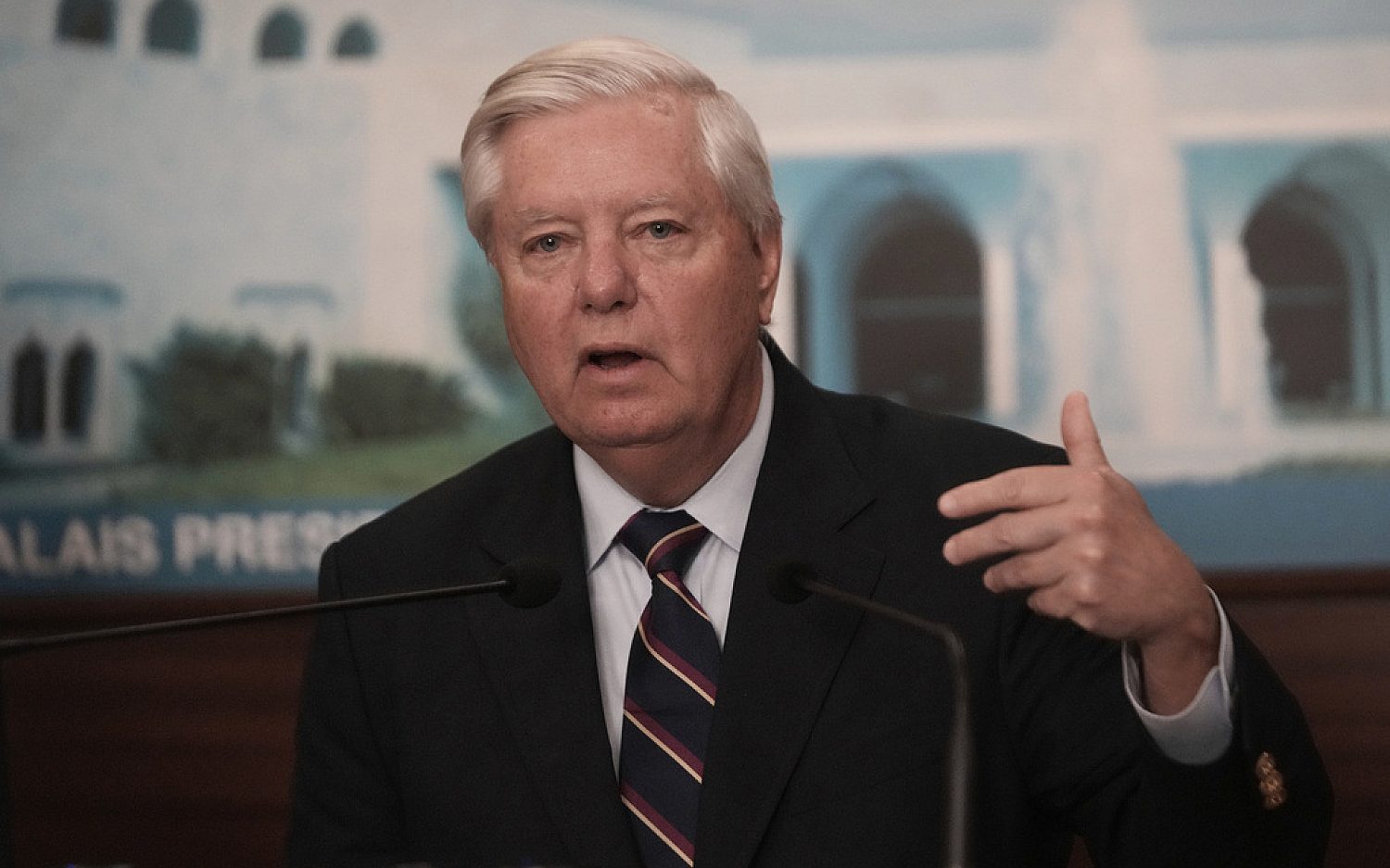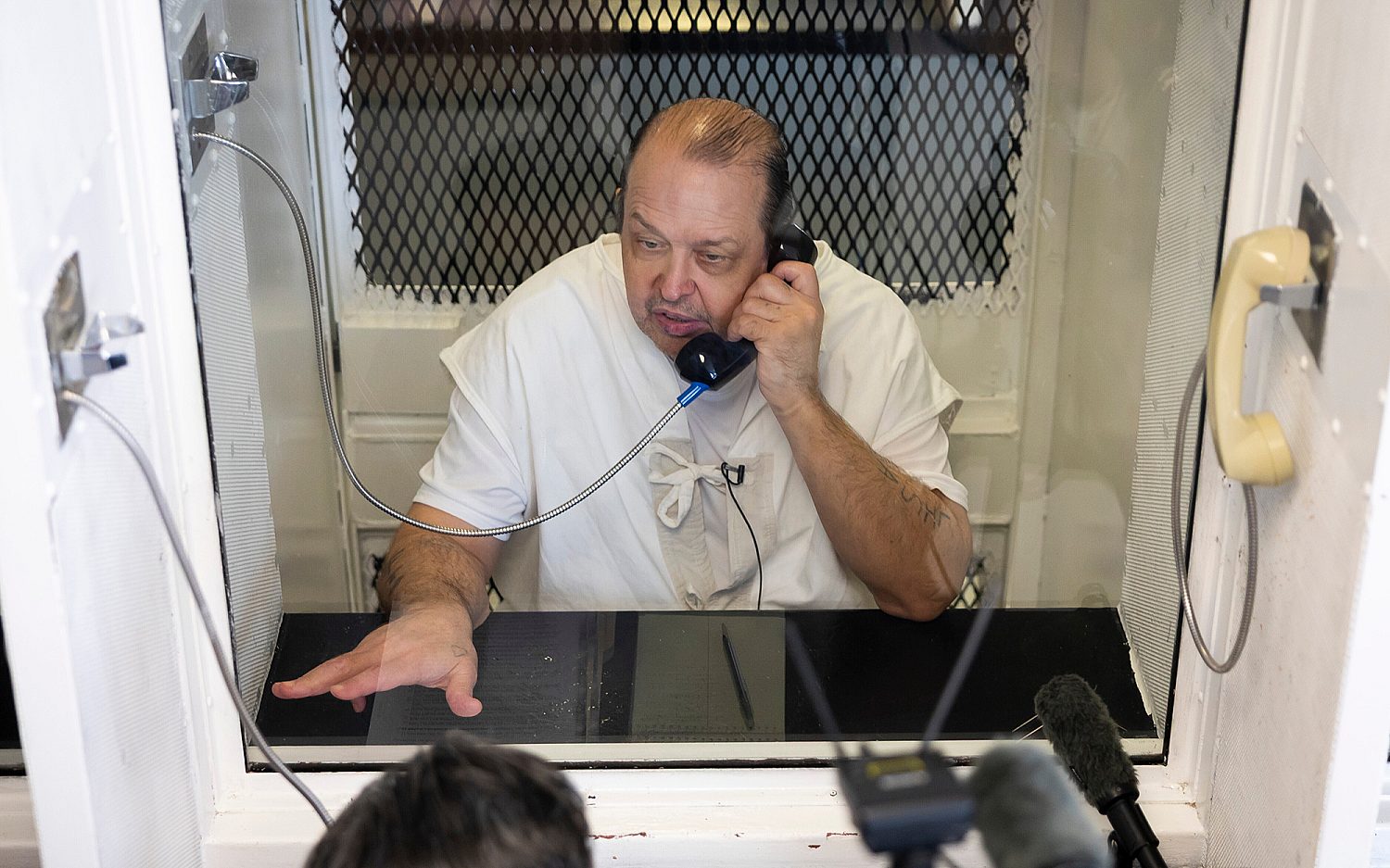A cosmic cowboy's tales of the road
Singer/songwriter Michael Martin Murphey talks about his hits and his walk with Jesus
Michael Martin Murphey’s best-known song, “Wildfire,” was a huge radio hit in 1975, but Murphey has had a long and varied career. One of his early successes was “What Am I Doing Hangin’ Round,” which was a hit for The Monkees in 1967. After a string of pop hits in the 1970s and more than a dozen songs that made the country charts in the 1980s, Murphey committed what his record label thought was commercial suicide by releasing an album of cowboy songs in 1990. That album went on to sell a million copies and helped launch the Americana roots music movement in this country. I talked with Murphey sitting in a cabin in Manitou Springs, Colo., about 30 miles from where Murphey now has a ranch.
One of your very first songwriting successes was “What Am I Doing Hangin' Round.” One of your buddies in Austin, Texas, discovered that song of yours and took it from there. Can you tell that story? I went down to Mexico on a train when I was 17 years old, and when I got back I wrote a song about my experience down there taking a Mexican girl on a date. She was a young lady that worked in a gift shop. My parents were there. It was very European, very old-fashioned kind of a date. There were chaperones and the whole deal, which I had never experienced the way I grew up, and it made a big impression on me. I always wanted to go back and see her, but I didn't get the chance. When I finally did go back several years later, she was gone and the gift shop was gone. This is just a lighthearted song about how our Yankee way of looking at things is so different than just right across our border.
Michael Nesmith was a friend of mine back in the day in Texas before he became a Monkee, and we stayed in touch after he got out to California and I got out to California. … Nesmith and I got to be friends, and when he got the part of being in The Monkees band, he said, “One of these days, The Monkees are going to do some country music.” Of course, they all pooh-poohed that. They said, no, we’re really all about the Beatle-esque kind of music that’s popular now, and we don’t want that.” But Nesmith hung in there for me. He finally got so much power because they were the biggest pop group in the world at one point, actually outselling The Rolling Stones and The Beatles. They were literally teenage idols. He said, “We’re going to do ‘What Am I Doing Hangin’ Round.’” Of course, he was from San Antonio originally. The song mentioned San Antonio and a lot of experiences that were common to each of us, and he made it very much his song. That was one of my first recordings that ever got me a paycheck.
Right around that time was also “Boy From the Country,” which is recorded by John Denver. Steve Weisberg, an old friend who was a Texan, made that happen.
Some time after “What Am I Doing Hangin’ Round” and “Boy From the Country,” but before all of your really big hits like “Wildfire” and “Carolina in the Pines,” you spent a period as the quintessential Austin songwriter in the “cosmic cowboy” era. Can you tell me about that time of your life and what its genesis was? I felt like I had to get out of California after five years of going to school there and another three or four years of being a songwriter. I wasn’t sure where I wanted to go. I thought I was going to move to Colorado or Arizona. I went back home to visit my parents, and I went down to Austin, and I thought, maybe this is where I belong. Of course, Austin back then was a very different place. Austin was a big city version of a country town. … It was the most diverse music crowd I’ve ever been around. People accepted anything. They loved the blues. They loved classical music. I thought, this is for me because I feel the same way. I like anything that’s a good version of a genre. I can hang with it. My area of expertise is being a country music picker and singer, but I respect it all. …
Then I got up to Dallas and went back home to the Rubaiyat, which is the original place I started playing music when I was in high school. It was a coffeehouse, not a bar. This was a place where beatnik people sat around and listened to songs. It was very intense, very Jack Kerouac. People like Jerry Jeff Walker and guys like that would drift through, some of the old folk singers. Theodore Bikel would stop by at the Rubaiyat.
One night I’m playing at the Rubaiyat with my bass player, Bob Livingston—that was my band, me and my bass player. In walks a guy who says, “I like your music. I want to take you to Nashville to make an album.” I said, “Who are you?” He said, “My name is Bob Johnston.” He said, “I’m from Fort Worth, Texas, and I came back for my dad’s funeral and I wanted to get something going that would get that off my mind for awhile. I came over here to the Rubaiyat to hear you because I had heard from a guy who painted my house in Nashville that there was a guy down here who was writing songs and you might be good for a record contract.”
This is a classic example. It’s one guy knows another guy knows another guy. Texas pulled me back again.
Exactly. Say a few words about who Bob Johnston was. Bob Johnston, at the time that I met him, had the following track record: Simon and Garfunkel, Johnny Cash, Bob Dylan, Leonard Cohen, Fairport Convention in England, Flatt and Scruggs. This guy was another multigenre guy. … He just happened to be kind of far out and liked everything.
Bob Johnston found you in Dallas, and you all recorded that first album. Geronimo’s Cadillac. He said, “I want to take you to Nashville and make a record.” I said, “When?” He said, “Now.” I borrowed my dad’s Buick because my car wasn’t working, and I drove to Nashville all night long. The next day we went in the studio and started working, and it was just Bob and me. I thought I was making a demo. After I finished laying down 22 songs with Bob, I said, “Mr. Johnston, when are we going to make the real record?” He said, “You just did. Go home.” I said, “What do you mean?” He said, “I’m going to add everything else. We have multi-track recording. I’m going to add guitar and drums and everything else, and that’s going to become your album. We’ll pick 10 or 12 songs.” I said, “Well, you pick them because I don't know how to pick them.” He put together an album based on the song “Geronimo's Cadillac.” That was his favorite song on the record.
Probably your most mythic song, the most iconic song in your canon, would be “Wildfire.” Talk about how that song came about. I’m going to ask you the question that you probably hate to get asked, what does it mean? First of all, let’s just clear this up right now. I have no idea what it means, and that’s why it's fun. I dreamed it. I had been writing songs for Kenny Rogers’ project called The Ballad of Calico with a friend of mine from Texas that I met in California. He was a jazz musician named Larry Cansler. … We were writing this project, and we had just been sleep-deprived for days and days. As I told you, I’ve always been really anti-drugs, so I guess my drug was coffee back then. Finally, I fell asleep on the living room floor at his house. He was upstairs.
His wife was a nurse. On that particular occasion, I had woken up in the night, and she came down, going out to her nurse’s job at 5 in the morning. She said, “What are you doing up?” I said, “I dreamed this. I had this dream and I wrote this stuff down and you’ve got to go wake up Larry and get him down here.” Larry was a really hard guy to get up in the morning. He came down, got on the keyboard, and we fleshed out the whole song, the rest of the melody. The lyrics came directly from a dream, sprang straight from my creative side of my consciousness. It sprang right out of my brain in the night.
Were they images or was it fully formed? The words weren’t fully formed. The words describe what’s in there, and that’s what we’re always doing anyway. Words describe things for people who don’t have the ability to write words down and communicate verbally the same way that poets do or writers do. Ultimately, I believe what it says in the Bible in Genesis, “The interpretation of dreams is God's business.” Revelation, the Word, and all these other things that we as Christians read about and think about, it really comes from a very mystical experience that’s beyond logic, and that’s what artists do. We take things that are not logical out of our unconscious and make it conscious.
I know you were raised in a Christian home in a Christian community, and you made a profession of faith at a very young age. Is that correct? I was six years old. Did I know what I was doing? I did. It was there. It was fully formed. The Holy Spirit came in. The Holy Spirit took over my life from that point on and was always with me from that point.
Yet, over the course of a very long life and career, probably you’ve had some ups and downs in your Christian walk. I think if you don’t have ups and downs in your Christian walk, you’re not a thinking, feeling person with a heartbeat and a brain. You’re going to have it, and I’ve certainly gone through all of it. I went from being a very fundamentalist Baptist to about as liberal as you can probably get theologically until I confronted the issue of, was Jesus the Christ or was he just a great teacher, a great man with a great philosophy? Were the disciples and were the apostles making up this cult? I ran into that when I read Albert Schweitzer. Schweitzer wrote The Quest of the Historical Jesus. When I read that, I stepped back and I said, I don’t think I can hang with this. I don’t think I believe this. I started coming back the other way.
My understanding is that C. S. Lewis and people like Lee Strobel also impacted some of your thinking as well. I read Lee much later on, of course. I read the C. S. Lewis stuff when J.R.R. Tolkien and The Lion, the Witch, and the Wardrobe started to become popular with college students in the ’60s. I think The Lion, the Witch, and the Wardrobe is probably not as great a piece of writing as Tolkien, but [Lewis and Tolkein] were great friends. I realized as a writer about theology, sociology, and an apologist for the faith, Lewis was a far superior writer and thinker to Tolkien. They both loved to argue about it. One was Catholic ; one was Protestant. I was fascinated with that story, so I read everything. C. S. Lewis brought me back to the foundation of the idea that, first of all, you've got to believe in Jesus Christ, the redeemer, the savior of the world.
Hear Warren Cole Smith’s full conversation with Michael Martin Murphey on Listening In:
An actual newsletter worth subscribing to instead of just a collection of links. —Adam
Sign up to receive The Sift email newsletter each weekday morning for the latest headlines from WORLD’s breaking news team.





Please wait while we load the latest comments...
Comments
Please register, subscribe, or log in to comment on this article.